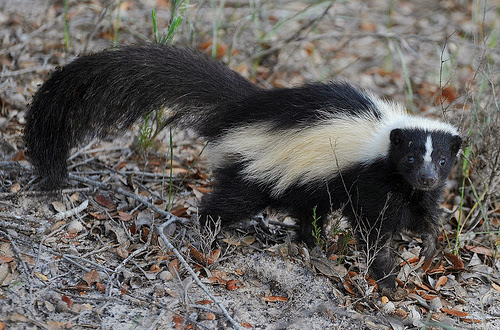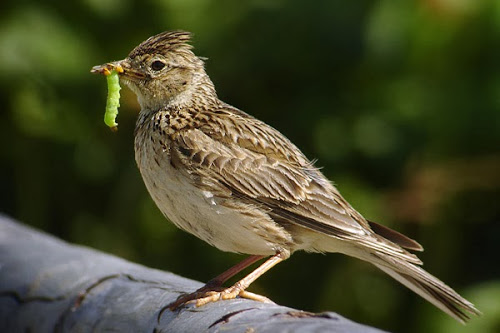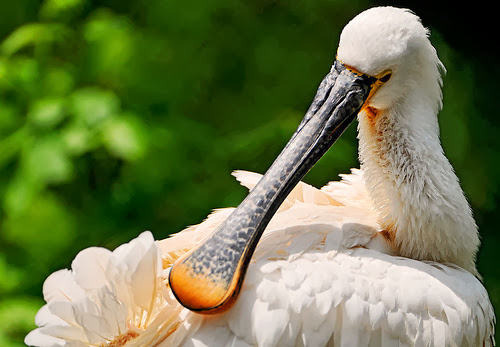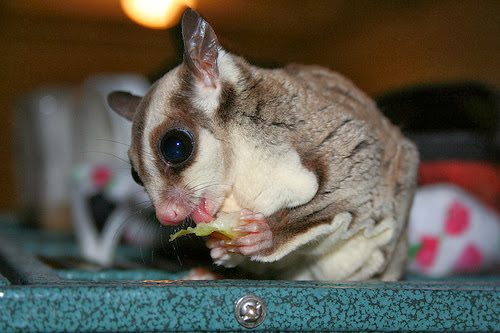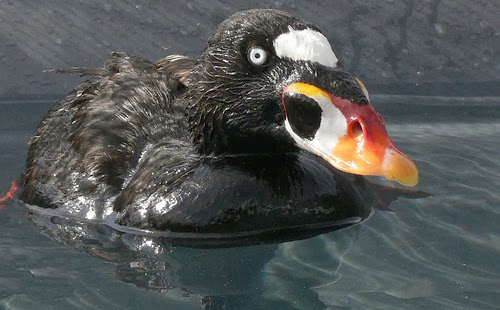Sifaka, Spring Peeper, and Stoat – what do these animals have in common? They are some of the fascinating animals whose names begin with the letter S. Read on to know more about the other seven animals that made the list.
They may not be the popular ‘S’ animals that we know, but these fascinating creatures deserved to be included on the list of animals whose names begin with the letter S. read on to learn more about them.
Sculpin
A Sculpin is a fish that belongs to the large family Cottidae that contains about 756 species. Most of the species live in salt water and widespread along shoreline and deep water. It is a small fish with spiny head and short, narrow body. Sculpin comes in light brown to yellow brown in color. The upper body is marked with patches and the with darker mottling and the belly is yellow-white to pure white. Sculpin is characterized by its huge pectoral fins resembling butterfly wings. It averages about 16 inches long and weighs over three pounds. It feeds on shrimps and crabs.
Sheltie
The Shetland Sheepdog, or Sheltie, is a small to medium herding dog. The breed measures between 200–250 mm in height and weighs around 5–14 kilograms. They are double coated (two layers of fur that make up their coat) and colors vary from sable/white, Blue Merle and tri-color (black, white, and tan). They are intelligent, vocal, playful, agile, sturdy and energetic dogs. It is fairly active indoors and can live in an apartment. They require lots of exercise and a regular jog. They have a life expectancy of about 12-15 years. The Sheltie is prone to eye disease and hip dyspepsia.
Sifaka
Sifakas are medium-sized lemurs found only on the island of Madagascar. There are three extant species: the Coquerel’s sifaka, the diademed sifaka, and the golden-crowned sifaka. They spend most of their time in the trees. Typically sifakas’ limbs and bodies come in varieties of colors – their heads show patches of white, gray, black, or golden-colored fur. They have round, hairless head and have long tails. Adults average between 40 to 55 centimeters in body length and weigh around 3 to 6 kilograms. These primates are herbivores and feed mainly on eating leaves, flowers and fruits. Due to habitat loss, all species of sifakas are threatened, ranging from vulnerable to critically endangered.
Skunk
Skunks are famous legendary for their horrible-smelling spray used as defense against predators. Skunks (with 12 known species) belong to the family Mephitidae are found mostly in the western hemisphere, with two species inhabit Indonesia and the Philippines. Typically, these mammals are black and white; and depending on the species, they vary in size from about 40 to 94 cm in length and from about 0.50 kg to 8.2 kg in weight. All skunks are striped; have a long snout, short legs and a bushy tail. Skunks omnivores and feed on birds, earthworms, eggs, frogs, fish, insects, reptiles, rodents and small mammals. They also eat berries, fungi, grasses, leaves, nuts and roots.
Skylark
The Skylark (Alauda arvensis)is a small passerine songbird found in Europe (except in the Mediterranean area). It is grayish-brown in color and measures between 16 to 18 centimeters long. The upper body shows a brown streaked and a pure white belly. Known for the melodious song of the courting males, skylark has short, solid crest on the head, short broad wings, short tail and sturdy legs. A bird of open farmland, this passerine bird makes a grass nest on the ground where three to six eggs are laid in June. It feeds on insects and seeds.
Spoonbill
Spoonbill is the common name for six species of large, long-legged wading bird found over much of the world. All species have long, large, flat bill with a tip like a flattened spoon. The bill is used to capture small aquatic animals by wading through shallow water. Prey includes small fish, crustaceans or insects. They prefer lagoons, marshes, and mudflats. Adults measure between 76 to 86 cm tall. They have long necks, and thin legs. Most species are white with patches of other colors.
Spring Peeper
The Spring Peeper (Pseudacris crucifer) are small, well-camouflaged frogs found throughout the eastern part of Canada and the United States. These amphibians known for their high-pitched peeping sounds inhabit forests and wooded areas near ponds, streams and swamps. With the distinctive dark lines that form an X on their backs, these tree frogs are tan or brown in color. Adults grow to about 25 mm to 38 mm in body length and weigh between 3.1 g to 5.1 g. Spring Peepers are nocturnal carnivores; diet includes ants, beetles, flies, spiders and worms.
Stoat
The Stoat (Mustela erminea),or Short-tailed Weasel, is a small sized mammal widespread across Europe, Asia and North America. Its habitats include farms, woodlands, farms and coastal areas. This territorial animal has long, thin body with thick brown fur that turns white during winter. It has a slim body, small ears and short legs. It can grow to about 30 centimeters in height and weighs around 200 grams. An opportunistic predator with a good sense of smell, it hunts other small animals, including chicken, birds, mice, rabbits, voles, and also eat bird eggs. It can live up to seven years.
Sugar Glider
The Sugar Glider (Petaurus breviceps) is a small furry possum native to Australia, New Guinea and Tasmania. This arboreal (tree-dwelling) and nocturnal marsupial prefers forests and rainforests with eucalyptus trees. Known for its amazing gliding acts, adult male sugar glider measures about 24 to 30 cm long from the nose to the tip of the tail and weighs about 115-160 g.
Typically, it sports a soft, blue-grey fur coat mark with a black stripe running from its nose to midway of its back. It has a squirrel-like body with its belly, chest, and throat coming in cream color. It has a characteristic membrane that stretches from the fifth finger to the first toe. Sugar gliders feed on the sweet sap of certain trees and also prey on insects and small vertebrates.
Surf Scoter
The Surf Scoter (Melanitta perspicillata)is a large black-and-white sea duck widespread on the Pacific and Atlantic coasts in winter. Males are typically black in color mark with white patch on the forehead and white triangular patch on the nape. Females carry a much paler color mark with light patches on side of head. Males have pale blue-gray eyes while females have pale brown or yellow eyes. Males have reddish orange feet, while females have yellow to brownish-red feet. Adult males average 48 cm long and weigh 1050 grams. Males are larger than females. The surf Scoter diet includes aquatic insects, crustaceans, mollusks and small fish; as well as muskgrass, pondweeds, and wild celery.
Check out the entire Animal Alphabet list here:
Amazing Animal Alphabet Series 1
Amazing Animal Alphabet Series 2



